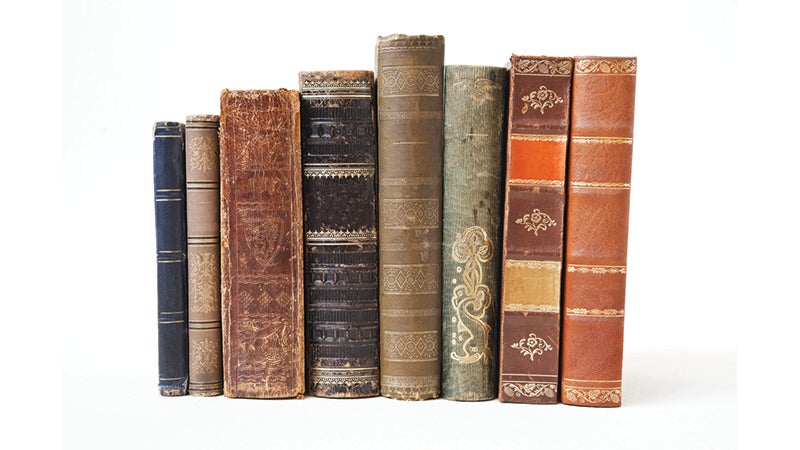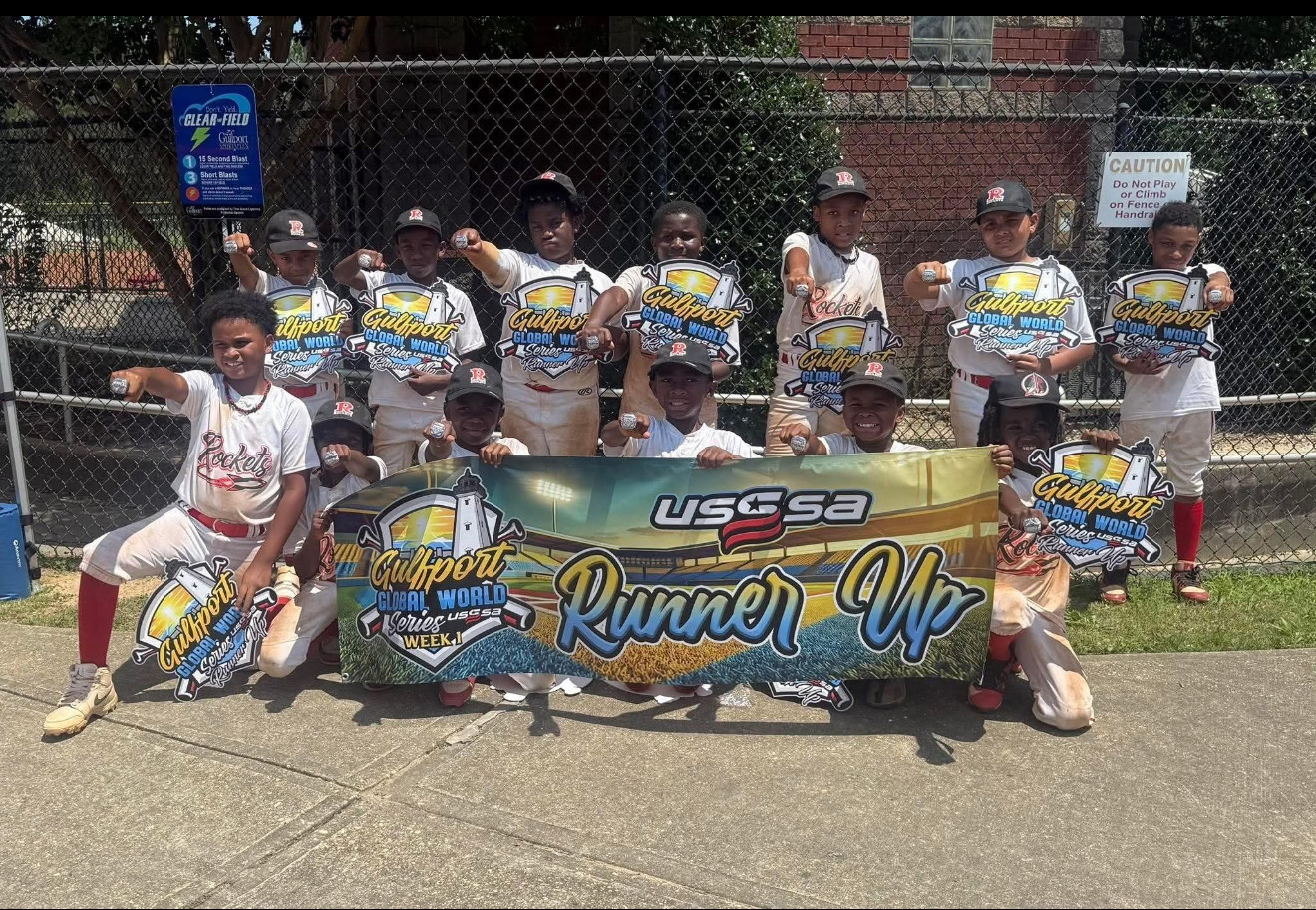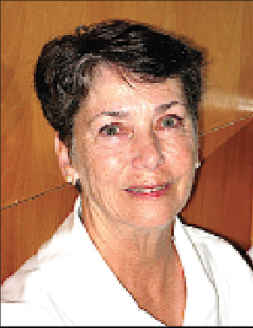History Matters
Published 9:00 am Sunday, October 16, 2022
|
Getting your Trinity Audio player ready...
|
History Matters
A biweekly feature courtesy of
The Grateful American Book Prize
Showing our children that their past is prelude to their future
by John Grimaldi and David Bruce Smith
October 16 to October 31
The storied Texas Rangers tracks its history to 1823, when Stephen F. Austin, the “Father of Texas” gave them the name, while the-then territory, was luring colonists from all over the country.
According to the Texas Department of Public Safety, “There was no regular army to protect them, so Austin called the citizens together and organized a group to provide the needed protection.”
It wasn’t until October 17, 1835, that Texas approved a resolution officially recognizing the Rangers as a corps of armed and mounted lawmen designed to “range and guard the frontier between the Brazos and Trinity Rivers.” The province proclaimed its independence from Mexico in 1836. Nine years later, it became America’s 28th state.
According to The Texas Department of Public Safety, “The Rangers [now] oversee the department’s tactical program and operations, which includes the DPS SWAT Team, six Regional Special Response Teams, a Ranger Recon Team, an Explosive Ordnance Disposal Team and crisis negotiators”
For more information, The Grateful American Book Prize recommends The Lone Star Ranger by Zane Grey.
###
In 1767, the colonies of Pennsylvania and Maryland were tackling a fiery border dispute, which surveyors Charles Mason and Jeremiah Dixon were entrusted to neutralize.
“Both… claimed the area between the 39th and 40th parallel,” according to History.com. But on October 18 [they] set the boundary at the northern latitude of 39 degrees and 43 minutes, which became known as the Mason-Dixon Line. “The line was marked using stones, with Pennsylvania’s crest on one side and Maryland’s on the other.”
Years later the Mason-Dixon Line officially separated America’s pro-slavery south from the pro-freedom north. “One hundred years after Mason and Dixon began their effort to chart the boundary, soldiers from opposite sides of the line let their blood stain the fields of Gettysburg, Pennsylvania, in the Southern states’ final and fatal attempt to breach the Mason-Dixon line during the Civil War. One hundred and one years after the Britons completed their line, the United States finally admitted men of any complexion born within the nation to the rights of citizenship with the ratification of the 14th Amendment.”
The Grateful American Book Prize recommends Drawing the Line: How Mason and Dixon Surveyed the Most Famous Border in America by Edwin Danson
###
In 1904, George McClellan was the Mayor of New York City. On October 27th of that year, the Interborough Rapid Transit Company [IRT] opened its subway system with McClellan at the controls. According to History.com, he “so enjoyed his stint as engineer that he stayed at the controls all the way from City Hall to 103rd Street.”
That first underground railway line swept 9.1 miles underneath Manhattan; today, it travels 230 miles above and below New York’s five boroughs, which includes 24 lines and 468 stations — more than any other metro system, according to the Railway-Technology website. As of 2012 annual ridership was approximately 1.665 billion.
The Grateful American Book Prize recommends The New York City Subway: The History of America’s Largest and Most Famous Subway System published by Charles River Editors.
###





